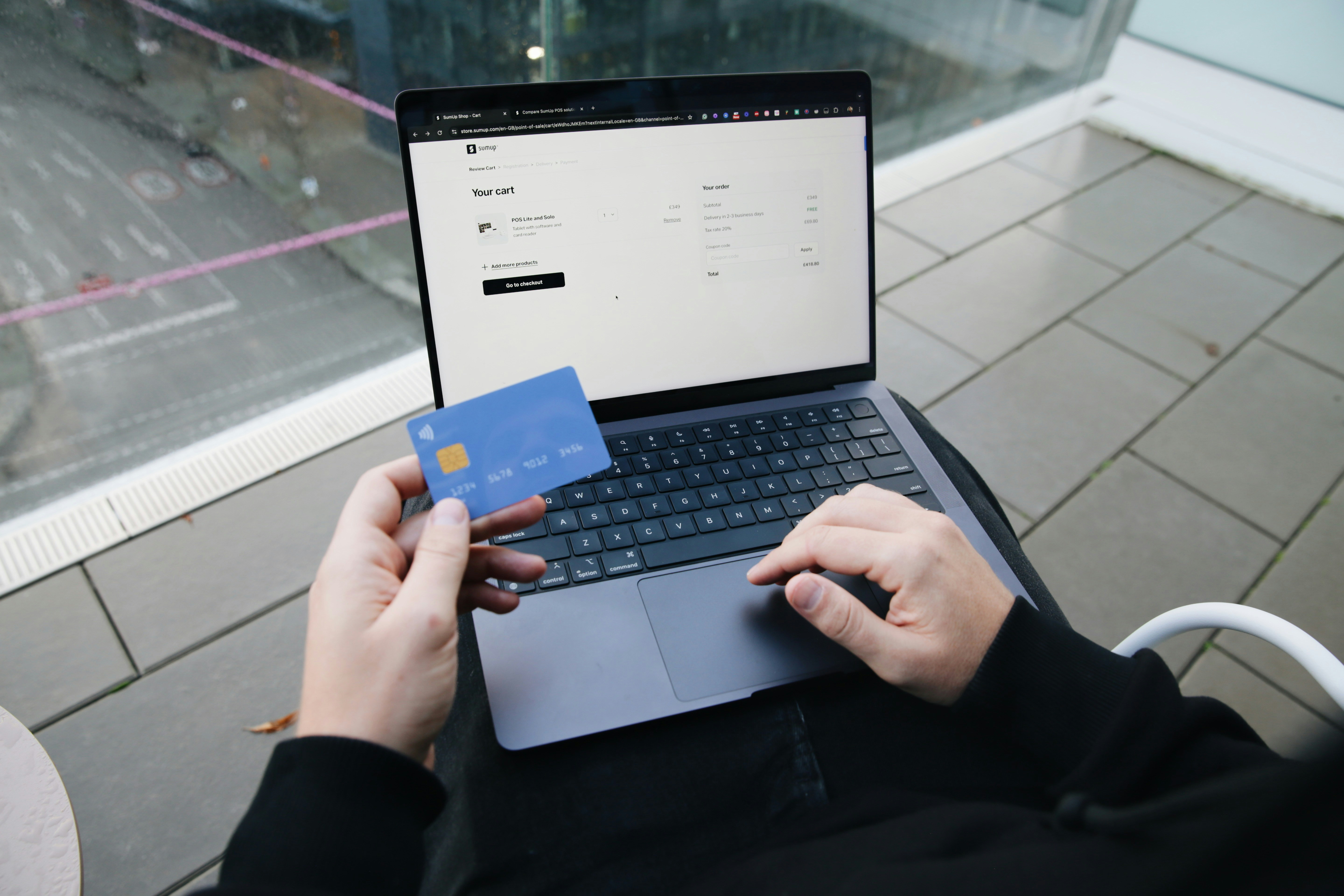
Black Friday Landing Page: 9 Tips to Maximize Sales
A Black Friday landing page can make or break your holiday shopping season. Get it right, and you'll boost sales. Get it wrong, and shoppers will bounce straight to your competitors.
With online stores experiencing up to 65% more traffic during Black Friday sales, your landing page has to do two things: convert visitors quickly and handle any surges without crashing.
The difference between a high-converting Black Friday landing page and a cluttered mess often comes down to nine key elements. Nail these, and you'll guide overwhelmed shoppers toward the checkout button without any decision fatigue or technical hiccups.
Key Takeaways

- Lead your Black Friday landing page with a clear value proposition above the fold to hook shoppers
- Mobile-first landing pages are essential, with 70%+ of BFCM traffic coming from phones
- Use countdown timers, stock alerts, and price contrasts to create urgency
- Update meta tags, structured data, and sitemaps early for peak Black Friday SEO
- Build trust with visible reviews, secure payments, and clear return policies
- Partner promotions expand reach and credibility beyond your existing target audience
9. Don't Make Shoppers Hunt For Deals
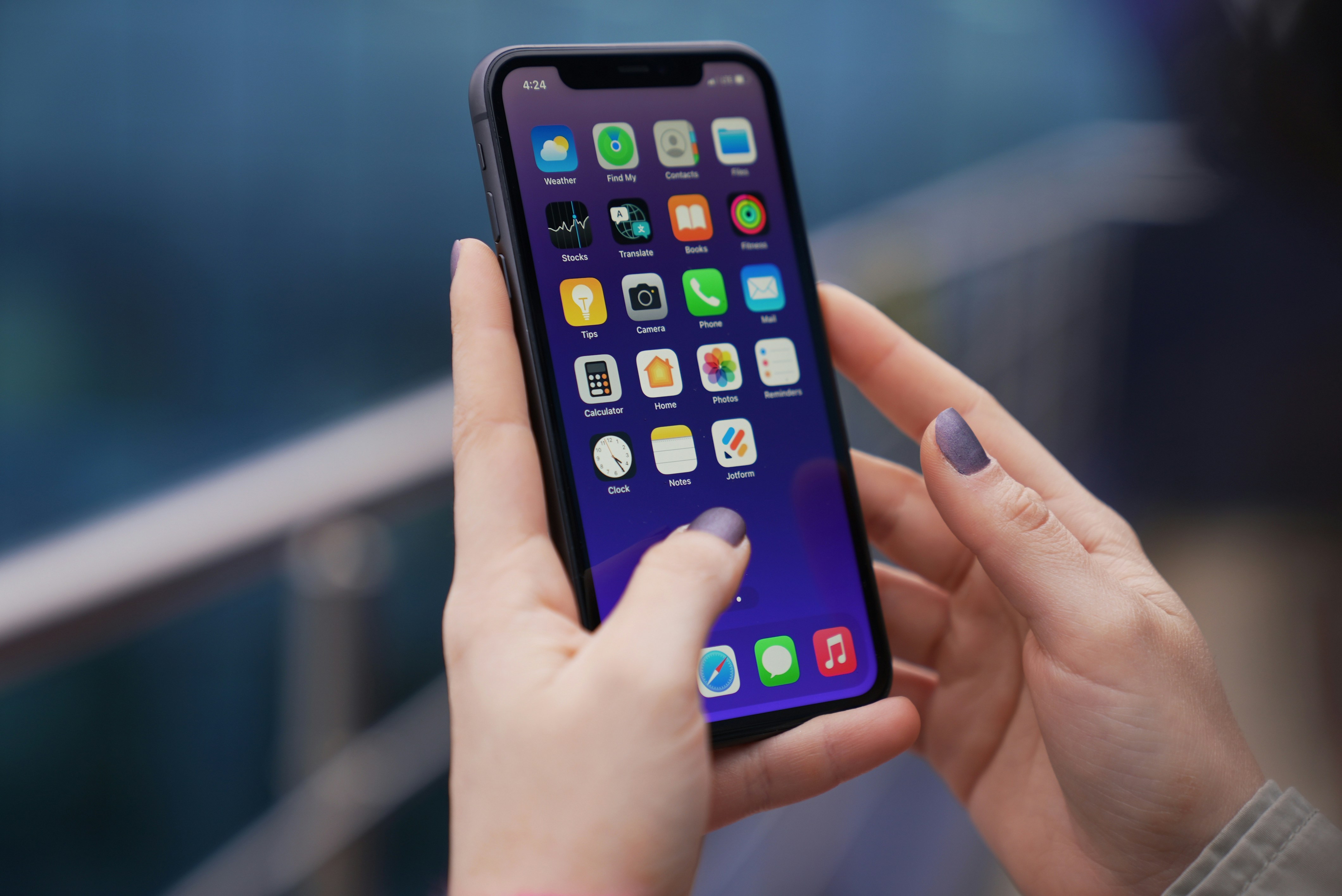
Your Black Friday deals should be visible to visitors immediately, not buried three scrolls down or hidden behind confusing copy. Your hero section sets the tone. Lead with a headline that shouts your biggest offers, backed by bold headings and high-contrast buttons. Think bright reds against white space, or that classic black-and-yellow color combination that grabs attention like caution tape.
The trick is balance. If you flood shoppers with twenty offers upfront, you can easily trigger decision paralysis. Instead, highlight your top three exclusive discounts above the fold, then organize everything else into clear categories below.
Engagement campaigns like Herb's 420 scavenger hunt are a great example of how intentionally hidden deals can work. But Black Friday isn't for games—shoppers want seamless paths from homepage to checkout.
8. Add the Pressure With Urgency & Scarcity Cues

Nothing moves shoppers faster than the fear of missing out. Countdown timers showing "2 hours left" or stock alerts like "Only 47 items remaining" can trigger psychological responses like instinctive urgency that convert faster than any copywriting. Live cues such as "23 people viewing now" or "Sarah from Denver just purchased" layer on the social proof and show people are buying right now, while creating anticipation about products selling out.
But urgency works best in moderation. You can quickly look scammy if you overload visitors with flashing warnings.
- Limit your landing page to one or two urgency cues per product section
- Show original prices crossed out beside the discount for instant contrast
- Use action-oriented language like "Claim Your Deal" rather than basic "Shop Now" buttons
7. Nail the Mobile Experience

According to eMarketer statistics, 73% of traffic on Black Friday and Cyber Monday comes from mobile devices. Yet, most landing pages are still designed for desktops.
Streamline sales with a BFCM landing page that has thumb-friendly buttons (minimum 44x44 pixels), an easy checkout process, and load times under 3 seconds. These tiny changes can make all the difference in the consumer experience.
It's crucial to test these elements on actual phones, not just browser dev tools.
- Compress images without sacrificing quality
- Use mobile-first fonts (16px minimum)
- Remove any pop-ups that block content on smaller screens.
If shoppers are forced to pinch and zoom just to read a product description, you've likely already lost them—a seamless shopping experience on mobile means smooth navigation from all angles.
6. Write Copy That Sells
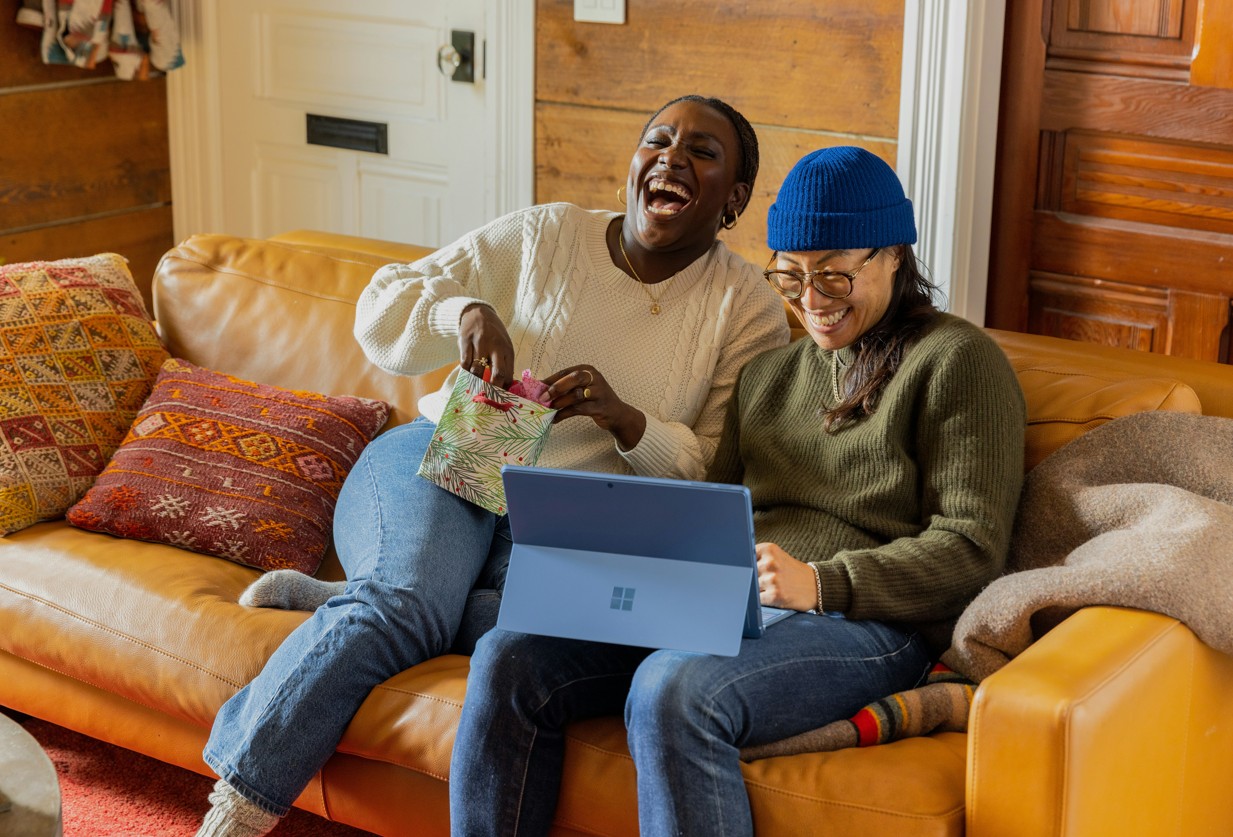
Your headlines need to communicate value from the get-go. "Save 70% Today Only" will always outperform a bland "Black Friday Special." But beyond the obvious, optimize for how shoppers actually search during the holiday rush.
They're typing queries like "Black Friday cannabis deals" into Google and ChatGPT, not casually scrolling. Meet them where they are.
Use SEO tools like SEMrush or Surfer to identify trending keywords, then weave phrases like "exclusive deals," "early access," and "Black Friday season" naturally into your page.
NOTE: If you're marketing other brands' products, your copywriting becomes even more important—you're competing against both the brand's site and other retailers selling the same products. What's your differentiating factor?
5. Cover Your Black Friday SEO & Tech Basics
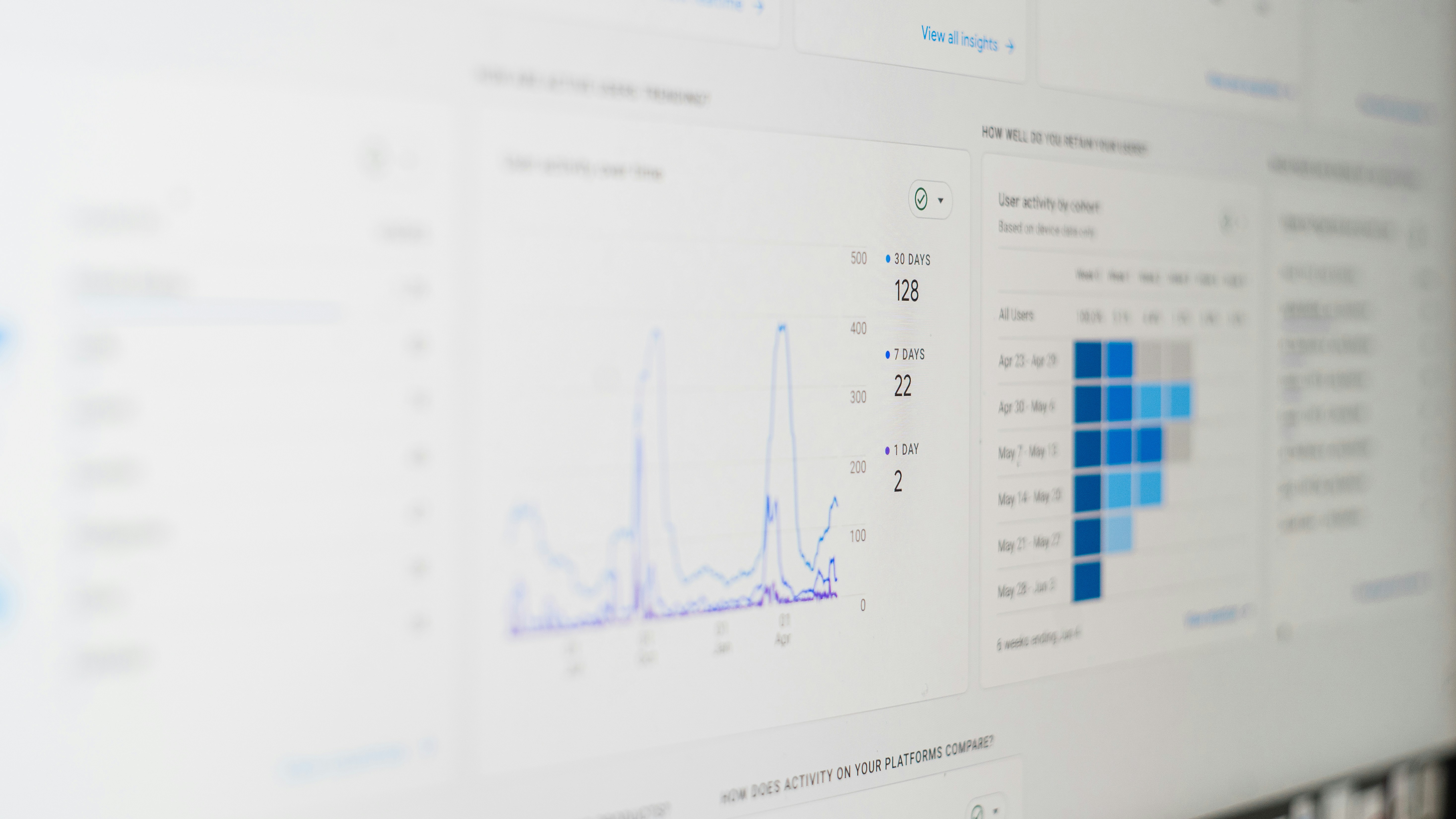
Black Friday SEO starts weeks before the shoppers arrive.
- Update meta titles and descriptions with "Black Friday 2025" modifiers
- Add offer schema and product structured data so deals show directly in search results
- Submit your updated sitemap to Google Search Console the moment your landing page goes live
Check every single link—broken pages during Black Friday sales are nothing but lost revenue and wasted time. Optimize images with descriptive alt text, such as "50% off THC gummies Black Friday deal," instead of just "product-image-1." These basics make a significant difference in organic traffic during peak shopping periods.
4. Show Shoppers They Can Trust You

Trust is what turns hesitant browsing shoppers into confident buyers.
- Display security badges prominently
- Offer trusted payment options, including buy-now-pay-later services
- Make return policies crystal clear—"Love it or money back, no questions asked" works better than fine print
Layer customer reviews near product pages for instant social proof. New customers especially need reassurance when entering payment details on a site they've never used. Clear trust signals can be the difference between an abandoned cart and a completed sale.
3. Keep the Good Times Rolling Past Black Friday
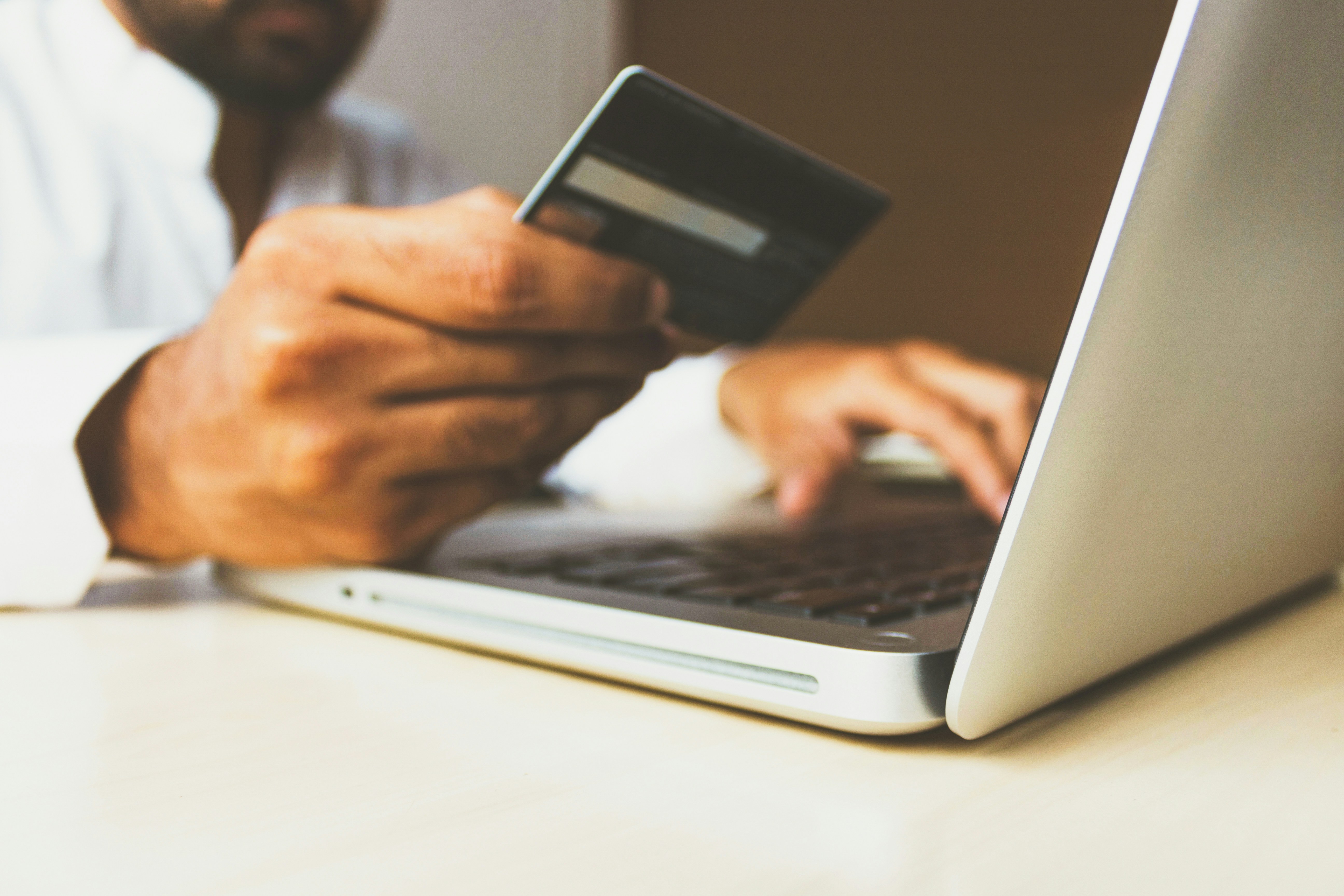
Use your landing page to build momentum past Friday. Add banners making it clear that promotions are stretched into a "Black Friday Week," or tease Cyber Monday sales. This keeps shoppers engaged past the initial Black Friday sale.
Smart brands also use checkout to capture emails for follow-up offers throughout the holiday season, including Christmas, Boxing Day, and beyond. That way, what could have been a one-time Black Friday shopper can turn into a repeat customer you'll see again in future campaigns.
2. Team Up With Partners to Boost Reach

Cross-promotion with affiliates and complementary brands can drive fresh traffic directly to your Black Friday landing page and product pages. It's one of the fastest ways to extend your reach beyond your own audience.
Showcase any partner logos, co-branded deals, or sponsor shout-outs directly on your landing page to help build credibility and funnel partner traffic straight to your deals.
Herb's holiday advent calendar is a great example. It features partner products throughout December, with sponsorships ranging from Silver ($3,500) to Platinum ($8,000), that include dedicated articles and 100,000-300,000 Meta impressions.
On a landing page, partnerships translate to two key advantages: stronger trust and access to new customer pools. For smaller brands competing against established players, this can be the edge that attracts more eyes and conversions to your page.
1. Make Sure Your Landing Page Can Handle the Heat

Nothing kills sales faster than a Black Friday website crash.
- Run stress tests simulating 10x your website's normal traffic
- Monitor analytics in real-time to catch issues before they explode
- Have a stripped-down backup page ready if your leading site fails
Always set up alerts for unusual activity and prepare your support team for increased volume. But most importantly, ensure your hosting can handle the load. Upgrading for one month beats losing thousands in sales.
Black Friday Landing Page Checklist (Quick Recap)
- Make deals obvious with clear above-fold placement
- Add urgency with timers and stock levels
- Optimize completely for mobile users
- Write value-driven, SEO-optimized copy
- Update technical SEO and fix broken links
- Display trust signals prominently
- Extend sales beyond just Friday
- Partner with complementary brands
- Stress-test everything before launch
Frequently Asked Questions

Should I build a separate landing page for Cyber Monday?
Yes, a dedicated Cyber Monday landing page allows your brand to launch fresh messaging and renewed urgency, adopting a last-chance approach. Reuse your Black Friday framework but update deals, countdown timers, and copy to create that distinct shopping experience.
How do I stop my website from crashing on Black Friday?
Prevent a Black Friday website crash with some serious stress testing. This includes load testing, CDN implementation, image optimization, and having scaled hosting ready. Monitor traffic in real-time and have a simplified backup page ready just in case.
When should I launch my Black Friday landing page?
Launch 2-3 weeks early for SEO benefits and early-bird shoppers. You want to create anticipation for shoppers well before the date. Start with "coming soon" teasers, then activate full deals the week of Black Friday.
What's the best way to make Black Friday deals obvious on a landing page?
Use contrasting colors, oversized buttons, clear headlines with savings percentages, and position everything above the fold. Just ensure it's not too overwhelming on the eyes, and remove any friction between landing and purchasing.
Should I partner with other websites to promote my Black Friday deals?
Absolutely. Partners like Herb.co and Herb Agency provide targeted cannabis audience reach, credibility, and traffic you couldn't access alone. Herb Discovers Meta campaigns see an average ad CTR of 7.3%, with an average landing page to shop page CTR of 13.5%.
Why Herb Agency Is Your Trusted Cannabis Marketing Solution

Cannabis marketing isn't universal for every dispensary or brand, especially during high-stakes seasons like Black Friday. At Herb Agency, we bring years of expertise running campaigns that navigate industry restrictions and deliver results for cannabis brands.
Our data-driven approach is designed to maximize conversions, enhance site visibility, and help you thrive in competitive environments. From SEO optimization to partner promotions, we handle the complex details while you focus on fulfilling orders.
Explore more insights from Herb Agency on cannabis marketing:
- Content Formats that Convert
- Navigating Ad Restrictions in 2025
- Meta Ads as the Ultimate Cannabis Marketing Solution








